Since the advent of devices with Amoled displays, along with the advantages, disadvantages have also appeared, among which there is one, perhaps the most unpleasant – burnout. This problem, which occurs, may be faced by a user who has a static and at the same time contrasting picture on the screen for a long time. Over time, a burned-out area appears on the screen, repeating this static image in outlines.

Devices with on-screen controls such as navigation keys suffer most from this.
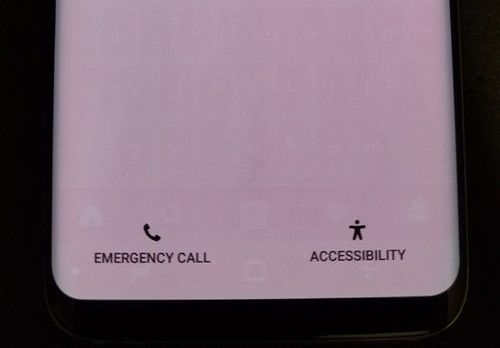
For a long time, using Samsung devices, I did not pay attention to this problem, since until recently Samsung devices equipped with sAmoled displays, among other things, had a dedicated block of navigation keys under the screen.
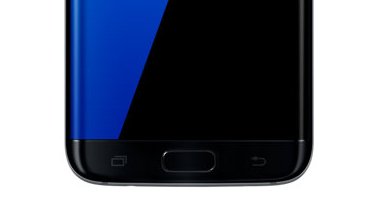
However, in the latest generations of its devices, both in the flagship S line and in the budget A-series, thanks to the trend towards increasing screen real estate, Samsung decided to abandon the dedicated block, moving to on-screen controls. And here, after purchasing the Galaxy S8, the problem of sAmoled burnout stood in front of me in full growth. I started looking for an opportunity to keep the phone display from burning out as long as possible.
On the one hand, the Samsung S8 uses system settings, thanks to which the block of navigation keys in different applications changes color from black to white and vice versa, which in theory allows the pixels in the lower part of the display to be equally loaded. It is also possible to make the navigation block hidden. However, the first option works only if you use different applications for about the same time, which is often unattainable, since everyone still has a 'favorite' software that they use the most. The option with hiding reduces the usability of the device due to the need to spend time calling the navigation block, and sometimes the speed of displaying this block is not enough, and it starts to annoy.
For me, the solution to the question was the ability to use gestures to control the smartphone instead of navigation keys.
Native gesture support is stated in Android 9.
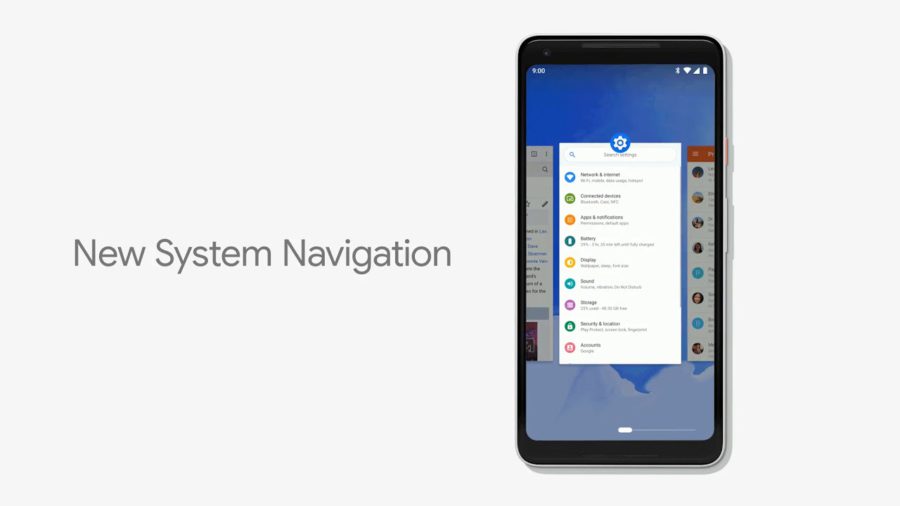
At the moment, for the Galaxy S8, the officially available version Android is Oreo, or 'eight', and it does not support gestures.
However, that's why he Android – there is an opportunity to use third-party software, which I eventually did.
Gesture control can be done with several programs. I'll tell you about the one that I find most convenient and which I use myself – this is the Navigation Gestures program.
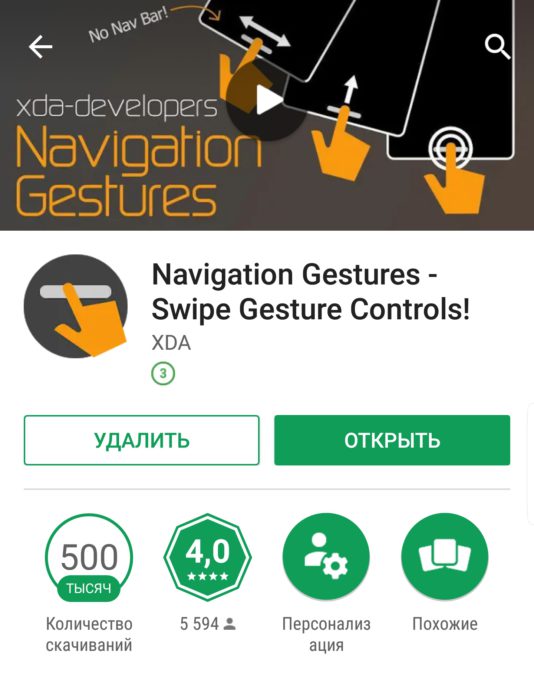
The convenience of this solution is that the activation of gesture control does not require getting Root, which means that Knox on your Samsung will remain 'not ticked' with all the advantages that come with it.
In order to take advantage of all the features of the application, you must install its premium version. And here we have two options:
- Buy premium features inside the app itself.
- Download the patched version.
I am definitely in favor of the first option, since I am sincerely sure that any work should be paid, especially high-quality.
So, for full functioning, we need to perform several simple and one not very simple action for an ordinary user:
- First, download the Samsung USB driver. This can be done on the official website or on the profile forum.
- Then we need the ADB toolbox. To do this, download it to your computer and install it. You can download both the complete SDK and the minimal set of ADB tools. The last option will suit us perfectly. Finding an archive with the required minimum will not be difficult on any specialized forum. Just enter 'minimal ADB download' in the Google search box.
- We activate the developer options in the phone by tapping the build number 8 times in the phone information.
- In the appeared developer options, activate the item 'USB debugging'.
- Install the Navigation Gestures program on your phone.
- We launch it and go through the initial setup, agreeing with everything that the program offers us.
- At a certain stage, the program will display a pop-up window with a command for ADB, in which it will offer to give it access to hide the system navigation bar.
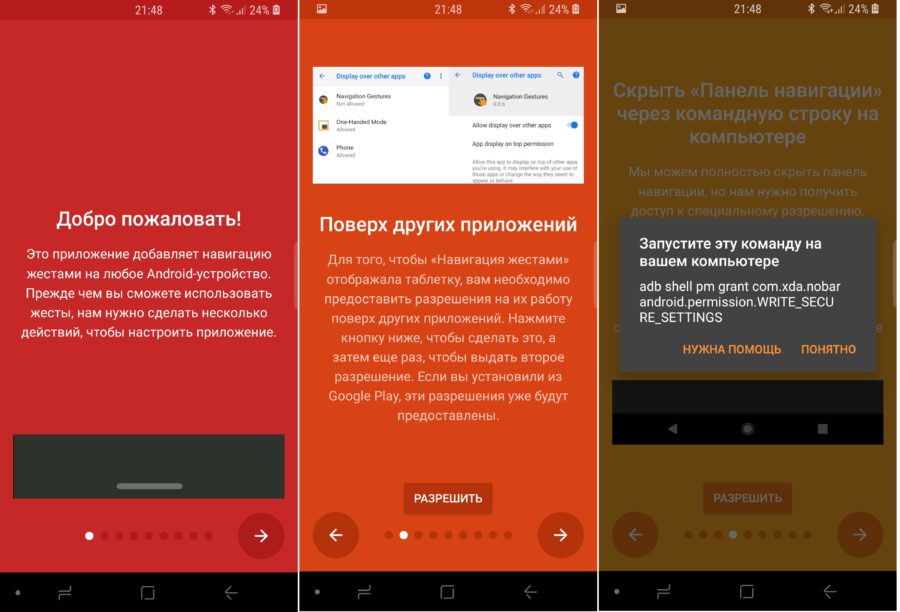
- After that, we connect our phone to the PC, wait until the drivers are installed. After that, a window will appear on the phone screen with a proposal to give the computer access to the phone – we agree.
- Then, in the folder with the ADB files, hold down Shift, press the right mouse button, select 'Open command window' or “Open PowerShell window” (depending on the version Windows)
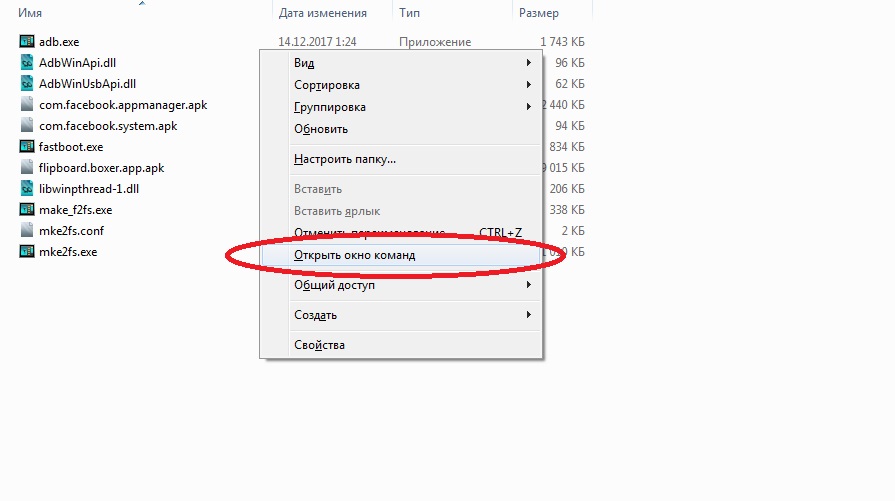
and in the window that opens, enter the command: adb shell pm grant com.xda.nobarandroid.permission.WRITE_SECURE_SETTINGS (which the application will show us)
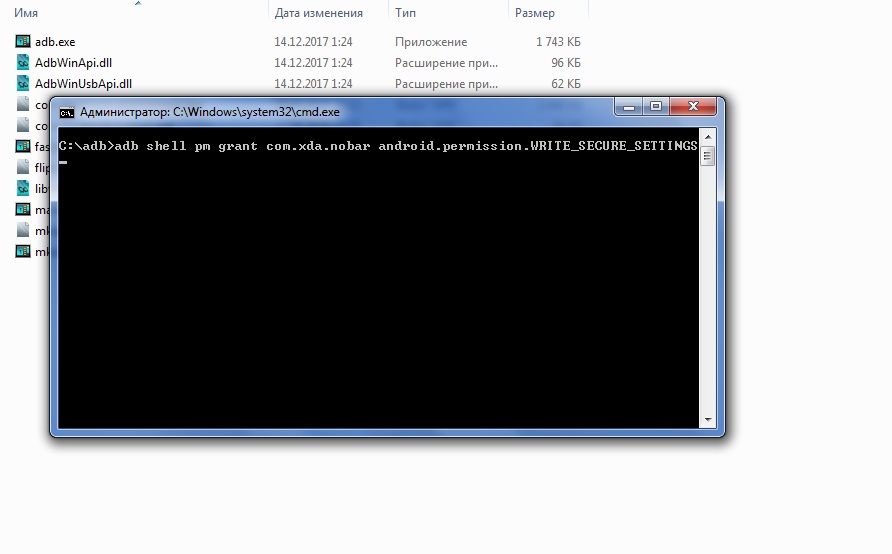
- Press Enter and watch the result. If everything is done correctly, the setup process should go through, and the console will look like in the screenshot below. after that, the 'Hide navigation bar' switch will become active in the program settings.
- If the direct command does not work, you can use the commands one by one, first adb shell and then pm grant com.xda.nobarandroid.permission.WRITE_SECURE_SETTINGS
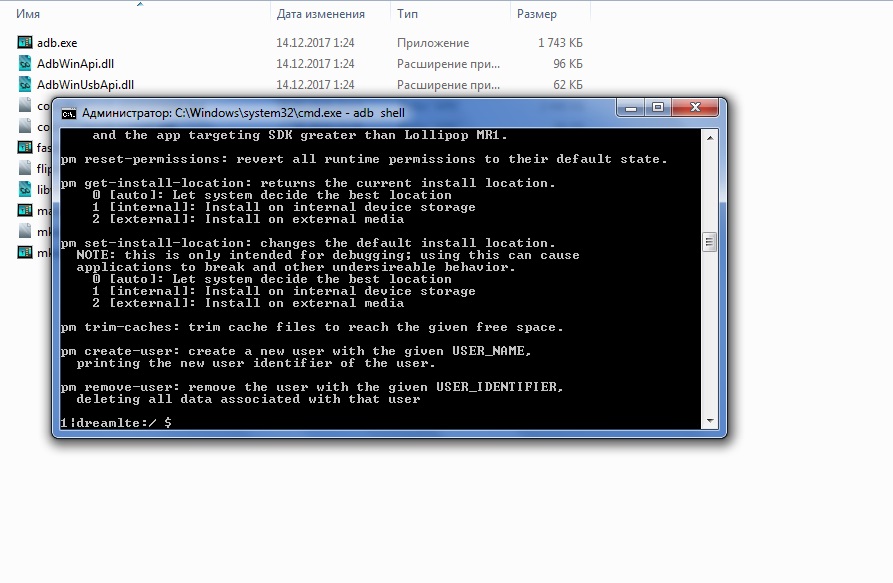

After that, you can disconnect the phone from the computer and go to the settings of the program itself.
I will not dwell on this point in detail, since the settings themselves are intuitive and allow you to customize both the appearance of the area for gestures (in the program it is called a 'tablet') and its behavior in certain scenarios. I will note only important points that it is desirable to take into account:
In the Compatibility section, check Enable full screen navigation. Why it is needed is written in the description of the function itself.
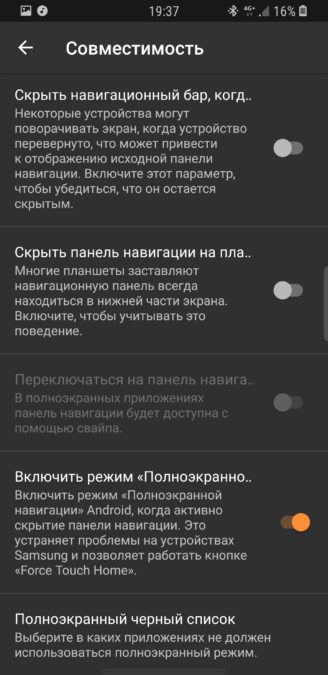
In the Behavior section, enable the Do not hide navigation bar on the lock screen.
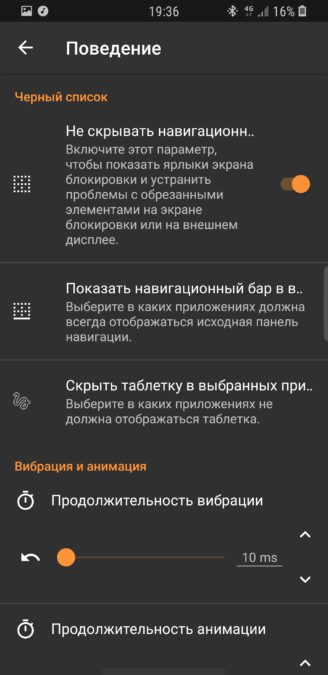
If this is not done, the shortcuts on the lock screen will slide down and you will not be able to use Samsung Pay.
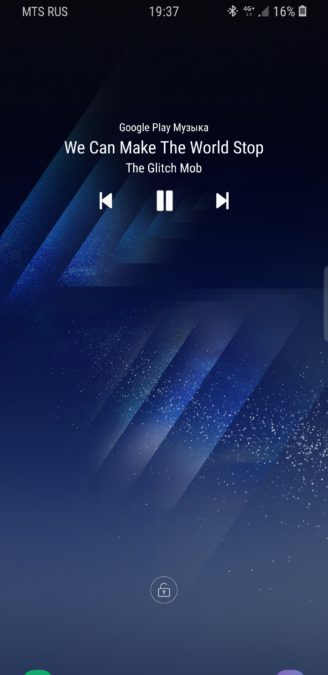
Application icons and the Samsung Pay tab slid off the bottom of the screen.
After that, you can start fine-tuning the tablet's appearance, gestures and behavior, and then enjoy the new user experience.

Conclusion
Returning to the problem raised at the beginning, to combat burnout, I made the pill almost transparent – this was the main goal. When I'm fully used to it, I'll make it generally transparent. By the way, the program works great not only on Samsung devices, so it can and should be used on smartphones from other manufacturers using sAmoled displays and on-screen navigation keys.
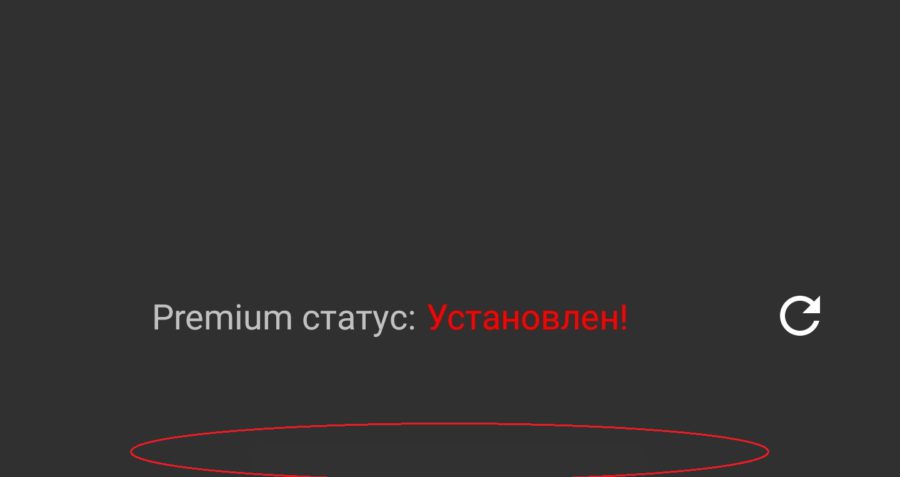
One of the shortcomings of the program's work is that when the device is unlocked, a navigation bar appears for a split second, which immediately hides and does not annoy. However, if you wish, you can not remove the navigation bar at all and use it in parallel with gestures.
Another disadvantage for Samsung devices is that Samsung Pay cannot be called from the desktop – it will be replaced by a 'tablet'. However, it will still be possible to call SPay from the lock screen. This is not critical for me.
As I said above, today there are several programs that allow you to customize gesture control. The example above is just the one I liked. You can find another program and use it.
As with anything new, gesture navigation takes some getting used to, and it may take a while to find your ideal setting. As for me, I don't want to go back to managing buttons anymore, and I'm looking forward to the release of Android 9 for the Galaxy S8, and I hope that Samsung will not remove support for gestures when upgrading to 'nine'.
